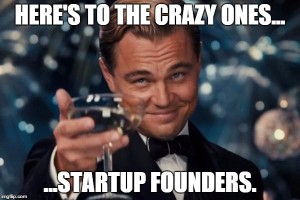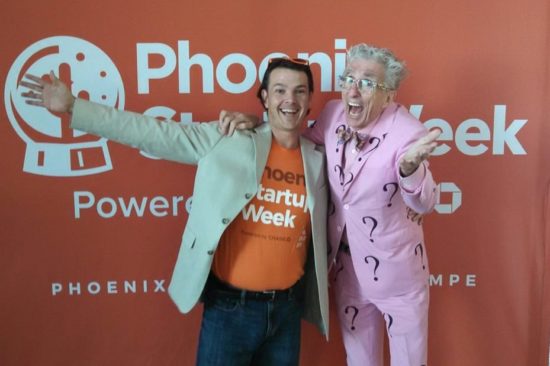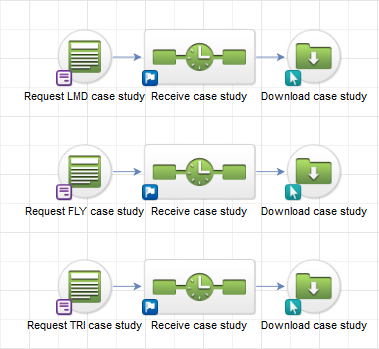I spent the first year of the Great Recession stuck in a corporate cubicle farm.
As I wrapped up my MBA and eagerly awaited my career’s liftoff, my employer shed one-quarter of its work force and saw its stock price plummet from $28 to $2.
Needless to say, opportunity was limited in such a resource-starved environment. Most of us were just hoping to survive the next round of layoffs.
Rather than wait, I plotted my escape from the cube farm …
And landed at my first software startup.
I was Bulbstorm’s sixth employee overall and its first in sales and marketing.
After a week, my supervisor left. Soon, I received a promotion and a raise and had my stock options doubled. Six months later, I made my first hire. Within two years, I was a key leader in a 25-person company that would soon be acquired.
It was a messy chaotic startup environment and, in the chaos, talented motivated employees climbed quickly. Like working in most startups or running one’s own business, it was a true meritocracy.

Chaos isn’t a Pit. Chaos is a Ladder.
I love me some Game of Thrones. One of my favorite scenes has the king’s advisors Lord Varys and Petyr ‘Littlefinger’ Baelish debating what would happen without the structural pillars of society – the faith and the crown.
Varys describes the resulting chaos as: “A gaping pit waiting to swallow us all.”
Littlefinger counters: “Chaos isn’t a pit. Chaos is a ladder.”
In other words, chaos presents an opportunity to climb.
This logic doesn’t only apply to Westerosi power struggles. It applies to startups right here on Earth.
For example: For centuries, the established order has been that travelers stay in hotels. Wanna work in hotels? Go hit the Marriott careers page – or cause a little chaos.
If you build your own hotel chain, you won’t receive a ladder from Hilton or Marriott. But, if you build an app that enables homeowners to rent out spare bedrooms, you can disrupt the order of things.
And, in the ensuing chaos, you can climb the ladder to a $30 billion valuation.
Startup Chaos is a Career Ladder.
Mature companies are about order. You can climb. Gradually. With patience. Over time. Just pay your dues and wait your turn. Someday, the guy above you will retire or get promoted because the guy above him retires.
Startups are about chaos, and that makes them true meritocracies. There’s no time for patience or political bullshit. Demonstrate your value. Help the organization succeed and grow. Get rewarded.
You don’t even have to be a founder. I’m not. Just join a team and get things done.
Sales needs leads? Learn how to run PPC campaigns. Coworkers missing deadlines? Implement a project management system.
Now that I’m a solopreneur with my own marketing consultancy, I’ve learned that the same never say die mentality is required of small business owners.
Don’t know business development? Or finance? Or IT? You better figure it out or get your ass back to the cubicle farm fast.
But Chaos is Scary!
The chaos of a startup creates opportunity. It also creates risk. And that’s a scary thing.
In my first year at Bulbstorm, there were no health benefits or a vacation policy. Mis-hires were corrected quickly under a hire slow fire fast mentality. Some tried again with other startups. Others returned to their cube farms.
To quote Littlefinger: “Many who try to climb the ladder fail and never try again. The fall breaks them. Some are given a chance to climb and they refuse. They cling to the realm or the gods or love. Illusions. Only the ladder is real. The climb is all there is.”
If you prefer order to risk, call the mature company down the road. They’re offering bagels, benefits, and the illusion of job security.
I was hungry, I believed in my talent, and I got things done.
If that sounds like you, startups are the only place to be. Because startup chaos is not a pit. Startup chaos is a career ladder.




